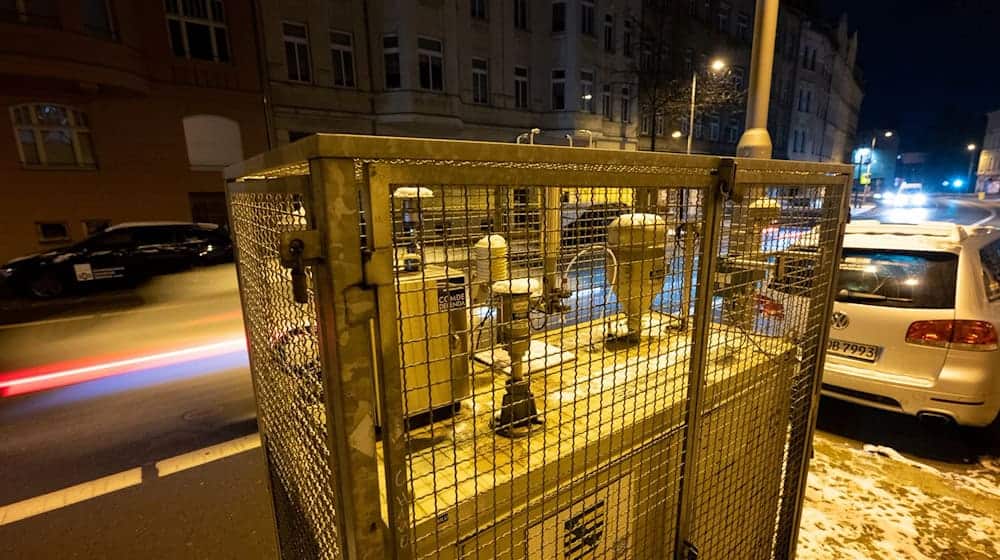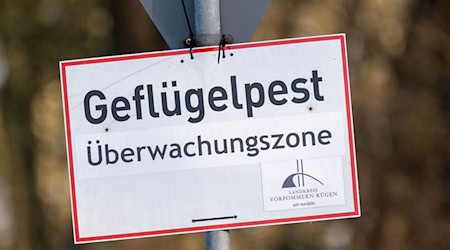Air quality is currently poor in some parts of Saxony. According to a map published by the Federal Environment Agency (Uba) this morning, the limit values for particulate matter in the PM10 category of 50 micrograms per cubic meter were exceeded at five measuring stations, in some cases significantly. Accordingly, three measuring points in Leipzig, one in Liebschützberg (district of North Saxony) and one in Görlitz were affected.
According to the State Office for the Environment, Agriculture and Geology, the reason for the current poor air quality is the winter temperatures and the associated higher emissions, especially from heating with wood. In general, road traffic as well as power stations and district heating plants are considered sources of particulate matter. Added to this are the current low-exchange weather conditions with easterly high pressure, hardly any wind and a lack of precipitation.
Fine particulate matter is divided into groups according to particle size: PM2.5 refers to particles up to a size of 2.5 micrometres, PM10 up to 10 micrometres, i.e. thousandths of a millimetre. Particulate matter can enter the lungs through the nose and mouth and, depending on its size, reach and damage the alveoli and the bloodstream.
No improvement in sight in the short term
Jacqueline Kern from the German Weather Service (DWD) in Offenbach assumes that the high levels of air pollution are likely to continue over the weekend. Germany is under the influence of high pressure and the air is being pushed down from above - this also affects the exchange of air, she said.
Sensitive people should avoid physical exertion outdoors when the air quality is poor. High levels of particulate matter are particularly worrying for people with underlying conditions such as asthma, allergies and acute respiratory diseases.
Copyright 2025, dpa (www.dpa.de). All rights reserved










